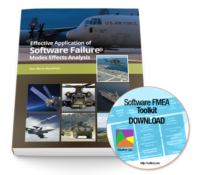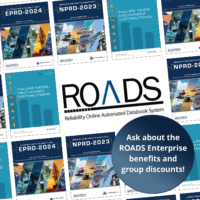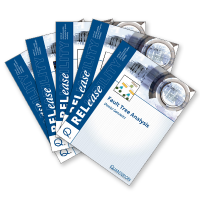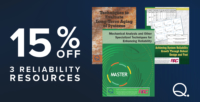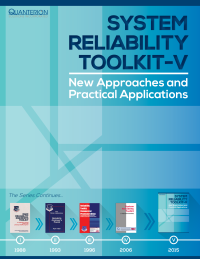Product Description
Mechanical Analysis and Other Specialized Techniques for Enhancing Reliability (MASTER)
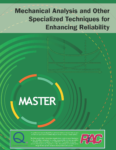
MASTER provides a thorough, in-depth discussion of competing approaches to predict the reliability and expected life of mechanical parts and systems, including Statistical Analysis of relevant failure data, Physics of Failure modeling, Empirical Failure Models and Data, and other less common but acceptable methods.
The document also describes the mechanical reliability process, including the role of these predictions and other necessary testing and analyses for the production of reliable mechanical systems, and the nature of mechanical failures, including a discussion of underlying failure mechanisms.
MASTER is recommended either as standalone or as a companion to Quanterion’s NPRD-2016, FMD-2016 and Techniques to Evaluate Long-Term Aging of Systems (LAST) publications.
Learn more and view the excerpt.
The Influence of Reliability, Maintainability, Quality, Supportability and Interoperability on System Affordability
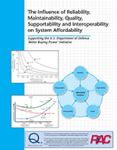 This publication discusses how the effective application of Reliability, Maintainability, Quality, Supportability and Interoperability (RMQSI) tools and processes will ensure that essential warfighting capabilities are delivered that meet system suitability requirements at the most affordable cost. The publication describes how each of the RMQSI disciplines impacts the overall affordability of a system during the evolving phases of its life cycle.
This publication discusses how the effective application of Reliability, Maintainability, Quality, Supportability and Interoperability (RMQSI) tools and processes will ensure that essential warfighting capabilities are delivered that meet system suitability requirements at the most affordable cost. The publication describes how each of the RMQSI disciplines impacts the overall affordability of a system during the evolving phases of its life cycle.
Optimized Reliability Requirements and Cost Analysis (OR2CA)
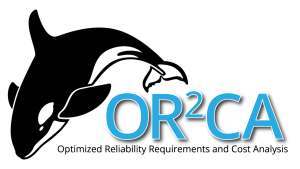 Quanterion Solutions developed the Optimized Reliability Requirements and Cost Analysis (OR2CA) tool for one purpose – to present a methodology that develops contractual reliability requirements that are fully aligned with stated End-User Operational Reliability needs and expectations based on all of the categories of root failure cause that contribute to potential mission loss or degradation.
Quanterion Solutions developed the Optimized Reliability Requirements and Cost Analysis (OR2CA) tool for one purpose – to present a methodology that develops contractual reliability requirements that are fully aligned with stated End-User Operational Reliability needs and expectations based on all of the categories of root failure cause that contribute to potential mission loss or degradation.
Learn more.
Techniques to Evaluate Long-Term Aging of Systems (LAST)
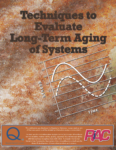 The objective of this report is to highlight the impact of long-term aging effects on parts, assemblies and equipment by investigating characteristics of aging as they impact specific material classes.
The objective of this report is to highlight the impact of long-term aging effects on parts, assemblies and equipment by investigating characteristics of aging as they impact specific material classes.
Learn more and view the excerpt.


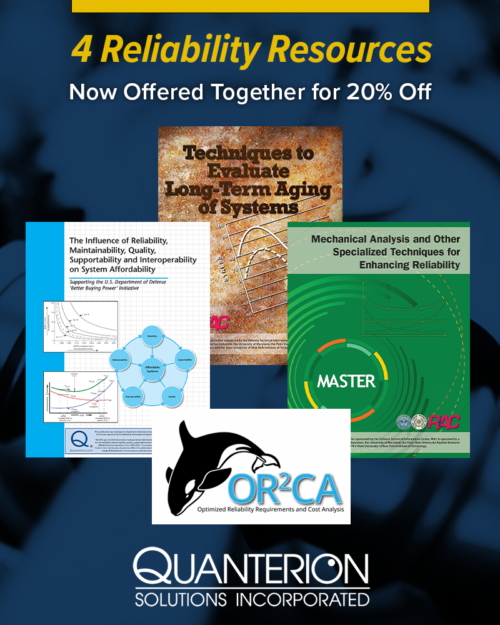

 This publication discusses how the effective application of Reliability, Maintainability, Quality, Supportability and Interoperability (RMQSI) tools and processes will ensure that essential warfighting capabilities are delivered that meet system suitability requirements at the most affordable cost. The publication describes how each of the RMQSI disciplines impacts the overall affordability of a system during the evolving phases of its life cycle.
This publication discusses how the effective application of Reliability, Maintainability, Quality, Supportability and Interoperability (RMQSI) tools and processes will ensure that essential warfighting capabilities are delivered that meet system suitability requirements at the most affordable cost. The publication describes how each of the RMQSI disciplines impacts the overall affordability of a system during the evolving phases of its life cycle. Quanterion Solutions developed the Optimized Reliability Requirements and Cost Analysis (OR2CA) tool for one purpose – to present a methodology that develops contractual reliability requirements that are fully aligned with stated End-User Operational Reliability needs and expectations based on all of the categories of root failure cause that contribute to potential mission loss or degradation.
Quanterion Solutions developed the Optimized Reliability Requirements and Cost Analysis (OR2CA) tool for one purpose – to present a methodology that develops contractual reliability requirements that are fully aligned with stated End-User Operational Reliability needs and expectations based on all of the categories of root failure cause that contribute to potential mission loss or degradation. The objective of this report is to highlight the impact of long-term aging effects on parts, assemblies and equipment by investigating characteristics of aging as they impact specific material classes.
The objective of this report is to highlight the impact of long-term aging effects on parts, assemblies and equipment by investigating characteristics of aging as they impact specific material classes.